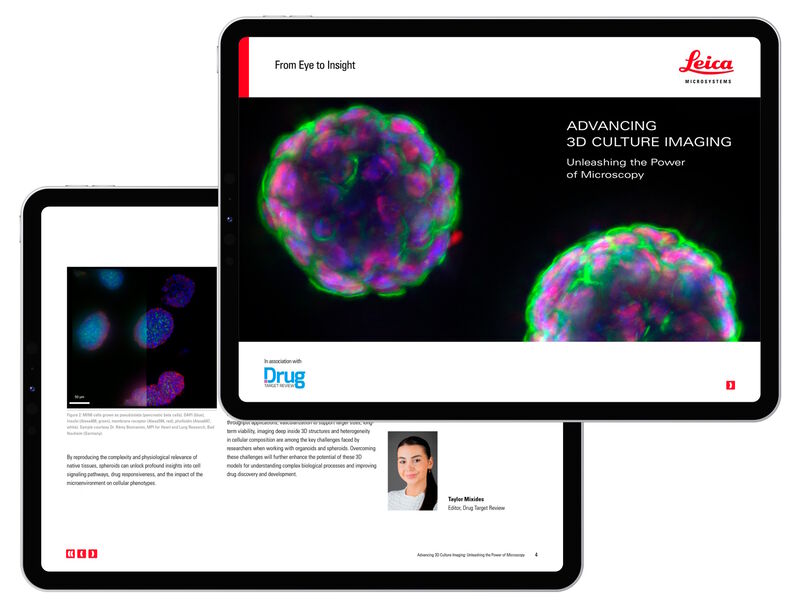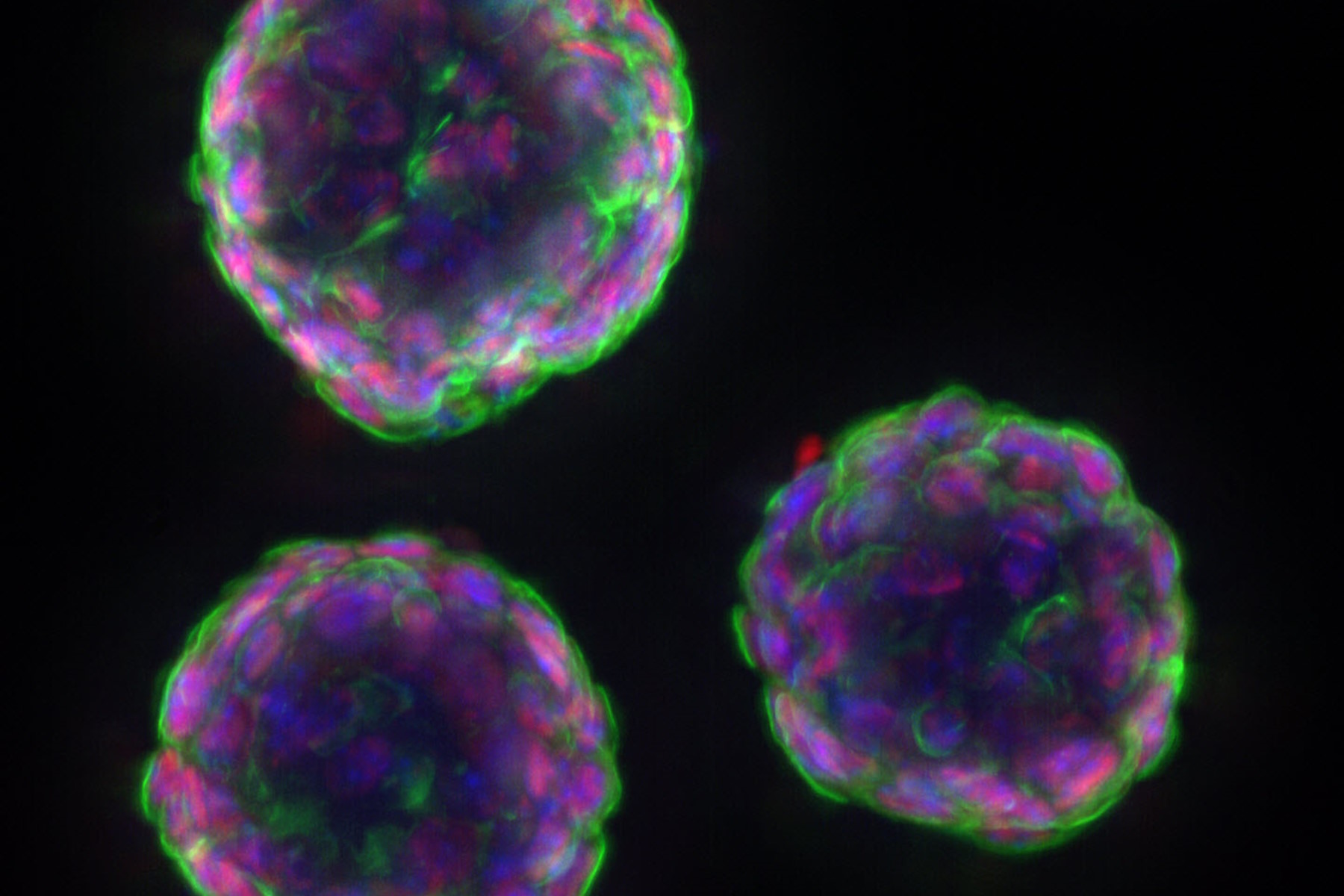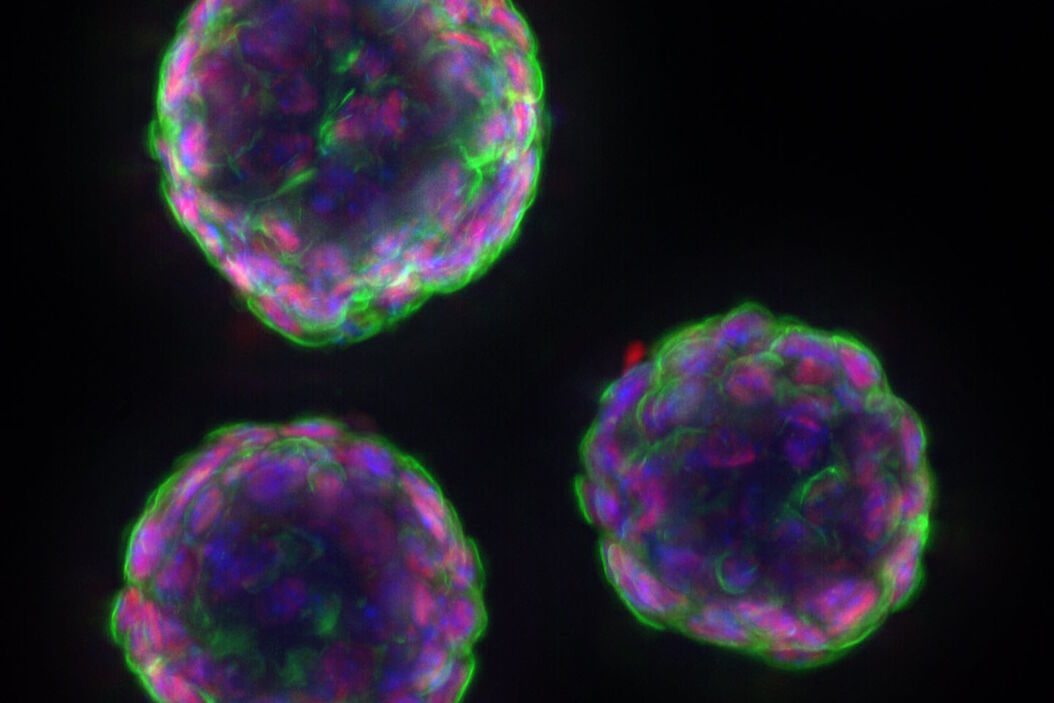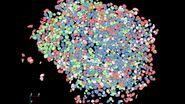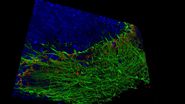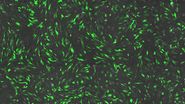Introduction
In recent years, the life science research field has undergone remarkable advancements with the emergence of three-dimensional (3D) cell culture systems, including organoids and spheroids.
The potential applications of such 3D model systems are extensive. Because of their more physiologically relevant nature, they can allow researchers to better study physiological processes such as development, homeostasis, regeneration, and disease – including the mechanisms underlying drug resistance. In biopharma, they are indispensable tools for disease modelling, used for identification and evaluation of potential drug candidates. The use of these model systems can also reduce the need for animal models.
As scientists delve deeper into the intricacies of spheroids, they gain insights that help drive advancements in regenerative medicine and our understanding of complex biology The translatable insights that these model systems can offer has particularly benefited research into cancer, neurodegenerative disease, and immunological disorders.
Organoids and spheroids under the microscope
Microscopy plays a crucial role in studying organoids and spheroids, revealing details of cellular structures, interactions within the microenvironment and live cell dynamic processes. Imaging these models however does present unique challenges.
Their compact and complex nature often defies conventional imaging techniques, impeding efforts to capture the entirety of the spheroid or obtain high-resolution images of its constituent cellular components. The analysis of spatial cell distribution within an organoid or spheroid, and the quantification of cellular interactions, requires specialized imaging and computational tools.
In this eBook, we explore some of the challenges encountered when imaging these types of 3D models, shedding light on innovative microscopy solutions that can empower scientists to make new advances in areas such as regenerative medicine, drug discovery, and disease research.
We focus on several case studies including:
- Examining ‘Brains-In-A-Dish’ from induced pluripotent stem cells (iPSCs)
- Observing 3D cell cultures during development
- Developing heart pacemaker cells from cardiac spheroids
